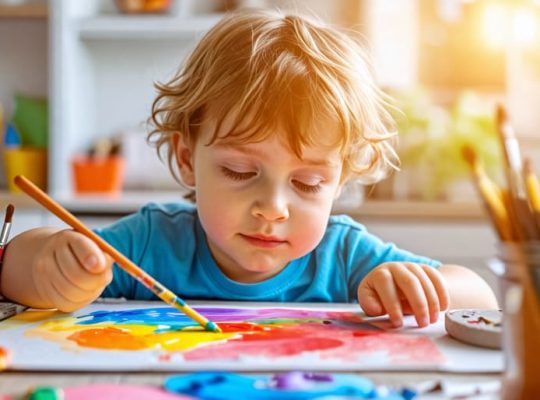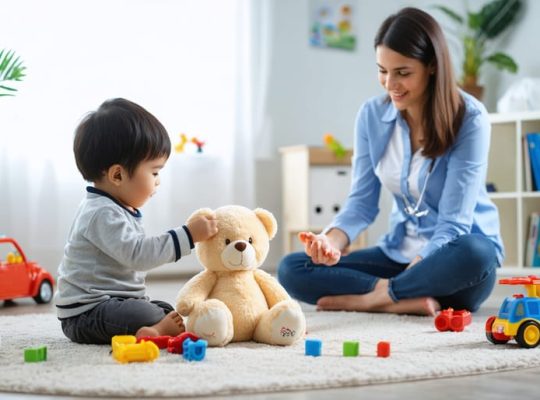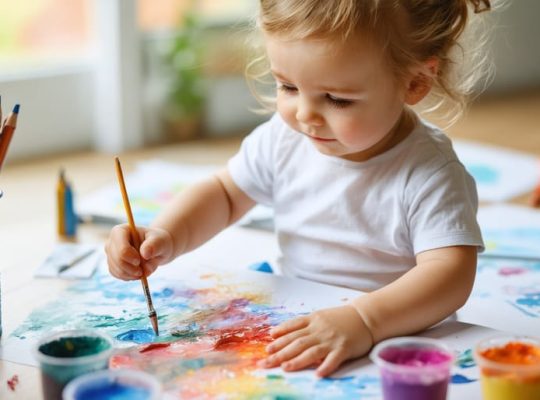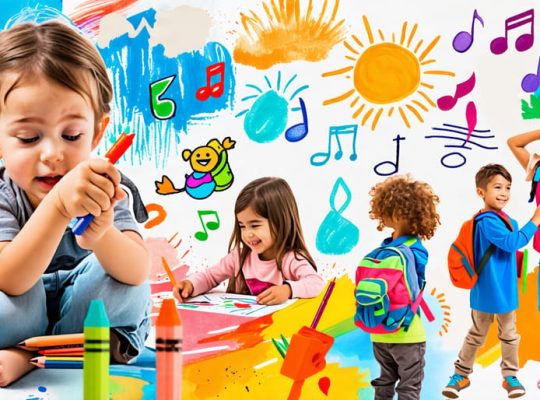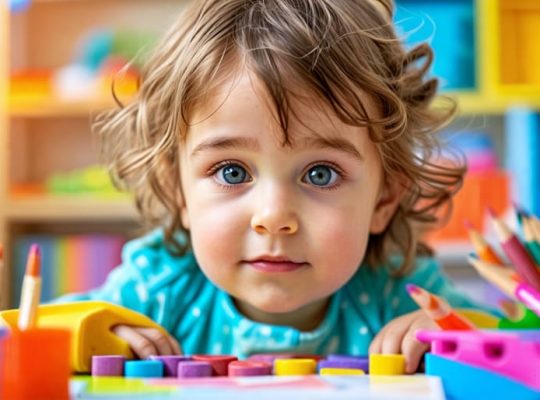Depression doesn’t have to control your child’s life – or yours. Mindfulness offers a scientifically-proven path to help young minds find peace and emotional balance, even during their darkest moments. As both a parent and a mental health advocate, I understand the urgent need for practical solutions that work in real family situations.
Research shows that age-appropriate mindfulness techniques can reduce depressive symptoms in children by up to 40% when practiced consistently. These gentle yet powerful tools help young people recognize and process difficult emotions while building resilience for future challenges.
Rather than viewing mindfulness as another task on your family’s to-do list, think of it as creating precious moments of connection and healing with your child. Whether you’re dealing with a teenager struggling with academic pressure or a younger child processing big feelings, mindfulness can provide the emotional anchoring they need.
In this guide, we’ll explore simple, effective mindfulness techniques tailored for different age groups and attention spans. You’ll learn how to introduce these practices naturally into your daily routine, recognize signs that indicate when mindfulness might be especially helpful, and understand how to support your child’s emotional journey with patience and compassion.
Let’s discover how mindfulness can help your child find their way back to joy, one conscious breath at a time.
Understanding Mindfulness for Children with Depression
How Depression Affects Children Differently
Depression in children often manifests differently than in adults, making it crucial for parents and caregivers to recognize these unique signs. While adults might explicitly express feelings of sadness, children may show irritability, physical complaints, or changes in behavior. Research has shown significant mindfulness benefits for children who struggle with depression.
Young children might experience difficulty concentrating in school, show sudden changes in eating habits, or withdraw from activities they once enjoyed. They may also express their feelings through physical symptoms like stomach aches or headaches rather than emotional language. Social interactions can become challenging, with some children becoming more isolated or displaying aggressive behavior toward peers.
School-age children might struggle with self-worth and express thoughts like “I’m not good at anything” or “Nobody likes me.” Sleep patterns often change, with some children having trouble falling asleep or experiencing nightmares. These symptoms can significantly impact their academic performance and social relationships, making early recognition and intervention essential for their well-being.
The Science Behind Mindfulness and Mood
Research has shown that mindfulness practices create positive changes in our brains and emotional responses. When we practice mindfulness, the areas of our brain responsible for emotional regulation and attention become more active, while the areas linked to stress and anxiety show reduced activity.
Dr. Sarah Thompson, a child psychiatrist, explains it this way: “Think of your brain as a garden. Mindfulness is like tending to that garden, helping positive thoughts grow while gently removing the weeds of negative thinking patterns.”
During mindfulness exercises, our bodies release chemicals that help us feel calmer and more balanced. These include serotonin and dopamine, often called our “feel-good hormones.” Regular practice can actually change the physical structure of our brain, making it easier to manage difficult emotions over time.
Children’s brains are especially adaptable, making them particularly responsive to mindfulness practices. When young people learn these techniques early, they develop stronger emotional regulation skills and better stress management abilities that can serve them throughout their lives.
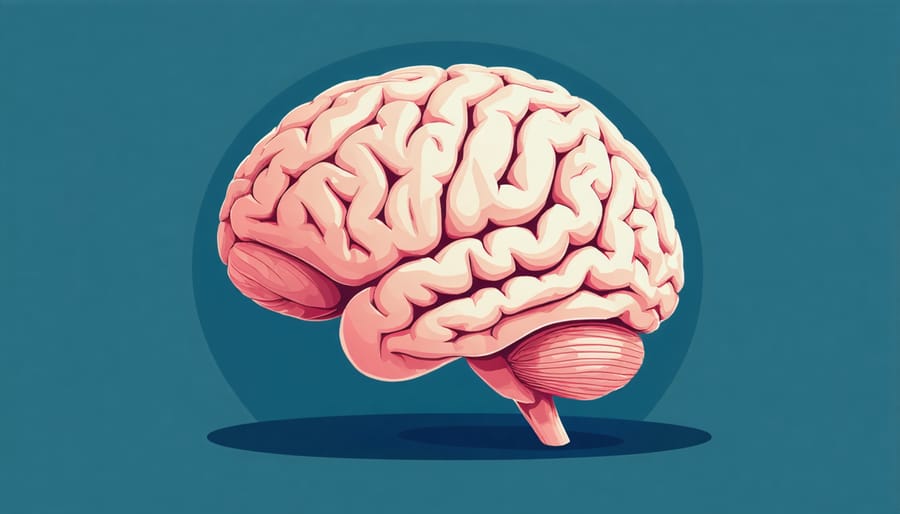
Age-Appropriate Mindfulness Techniques
Breathing Buddies (Ages 5-8)
The Breathing Buddies exercise makes mindfulness practice fun and engaging for young children by incorporating their favorite stuffed animals. Have your child lie down in a comfortable position and place their chosen stuffed animal on their belly. Encourage them to watch their “buddy” gently rise and fall with each breath.
Guide them with gentle prompts like, “Watch your buddy go up to the sky and back down again” or “Give your breathing buddy a gentle ride with your belly.” This visual and tactile experience helps children focus on their breathing while creating a sense of comfort and security.
For added engagement, invite children to imagine their buddy is sleeping and they need to keep their breathing slow and steady to avoid waking them. You can also encourage them to give their breathing buddy a name and talk to them about how peaceful they feel during the exercise.
Practice this technique for 3-5 minutes initially, gradually increasing the duration as your child becomes more comfortable. Many parents report that children look forward to this exercise and often request it at bedtime or during moments of distress.
Remember to praise your child’s efforts and ask them how their breathing buddy helped them feel. This positive reinforcement helps build a lasting connection with mindfulness practice and provides a coping tool they can use independently when feeling overwhelmed.
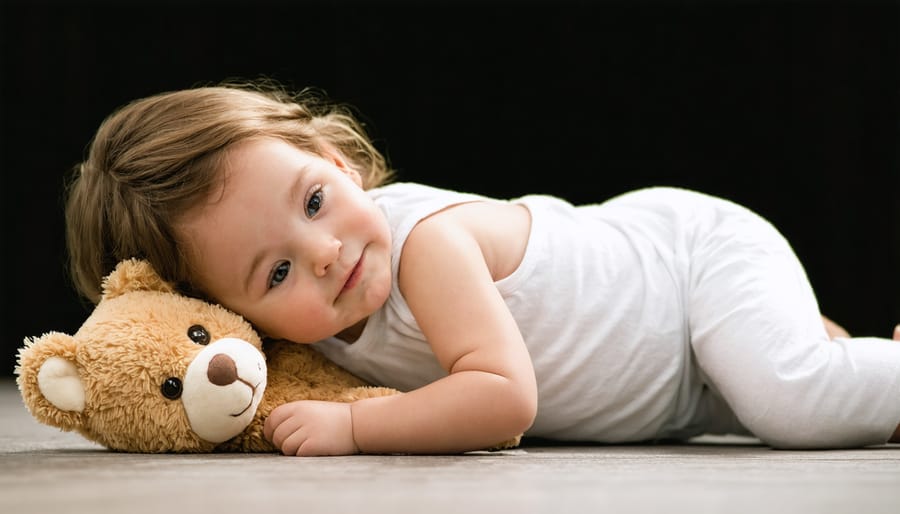
Mindful Movement and Body Awareness (Ages 9-12)
For tweens, combining mindfulness with physical movement can be especially engaging and effective in managing depression symptoms. These quick mindfulness exercises help children connect with their bodies while staying present in the moment.
Start with simple stretching exercises where children focus on how each movement feels. Have them notice the gentle pull in their muscles, their breathing patterns, and any areas of tension or relaxation. This body awareness helps them identify and release stress they might be carrying.
Walking meditation is another excellent activity. Encourage kids to walk slowly, paying attention to each step – how their feet connect with the ground, the rhythm of their movement, and the sensation of air on their skin. This can be done indoors or outside, making it versatile for any setting.
Mindful dance allows children to express emotions through movement while staying present. Put on calming music and let them move freely, focusing on how their body responds to different rhythms and feelings. There’s no right or wrong way to move – the goal is simply to stay connected with their physical experience.
Remember to keep these activities playful and non-judgmental. If children become distracted, gently guide them back to focusing on their body sensations. Regular practice of these movement-based mindfulness techniques can help improve mood, reduce anxiety, and build a stronger mind-body connection.
Emotional Awareness Activities (Ages 13+)
For teenagers, emotional awareness through mindfulness requires more nuanced approaches that respect their growing independence and emotional complexity. One effective activity is the “Emotion Weather Report,” where teens can journal about their emotional state using weather metaphors – describing their feelings as storms, sunshine, or fog. This helps create emotional distance while maintaining self-awareness.
The “Body Scan Plus” technique encourages teens to lie down and progressively focus on different body parts while noting associated emotions and thoughts. This practice helps them understand the connection between physical sensations and emotional states, particularly useful during periods of depression.
Digital mindfulness apps can be particularly engaging for this age group. Many offer guided meditations specifically designed for teens, featuring relatable scenarios and age-appropriate language. These can be especially helpful during school breaks or before bedtime.
Group mindfulness activities, such as “Mindful Listening Circles,” allow teens to share their experiences in a structured, non-judgmental environment. Participants take turns speaking about their emotions while others practice mindful listening, fostering both self-awareness and empathy.
The “5-4-3-2-1 Grounding Exercise” helps teens manage overwhelming emotions by identifying five things they can see, four they can touch, three they can hear, two they can smell, and one they can taste. This technique effectively breaks the cycle of negative thoughts while promoting present-moment awareness.
Making Mindfulness a Family Practice
Creating a Mindful Home Environment
Creating a mindful home environment can significantly support your journey through depression. Start by designating a quiet corner or room as your mindfulness space. This area should be clutter-free and filled with items that bring you peace – perhaps some soft cushions, gentle lighting, or a few meaningful objects that ground you in the present moment.
Consider incorporating nature elements like plants or a small water fountain, as these can help create a sense of calm and connection to the natural world. The sounds of flowing water or the sight of green, living things can be particularly soothing when dealing with depressive symptoms.
Establish regular mindfulness routines throughout your living space. Place gentle reminders – like small bells or meaningful artwork – in different areas of your home to prompt mindful moments throughout the day. These visual cues can help bring you back to the present when your mind starts to wander.
Keep your environment organized but not sterile. A balanced space that feels both lived-in and peaceful can help reduce anxiety and support mindfulness practice. Consider using soft, calming colors and natural materials in your décor choices.
Remember that creating a mindful home isn’t about perfection – it’s about crafting a space that supports your mental well-being and makes mindfulness practice feel natural and accessible. Start small, perhaps with one room or corner, and gradually expand as you develop your practice.

Family Mindfulness Activities
Practicing mindfulness as a family not only helps manage depression but also strengthens bonds and creates lasting positive habits. Here are some effective mindfulness techniques the whole family can enjoy together:
The “Gratitude Circle” involves family members sitting together and taking turns sharing one thing they’re thankful for. This simple practice helps shift focus from negative thoughts to positive experiences, even on difficult days.
Try the “Family Breathing Garden” exercise, where everyone lies on their backs in a circle with heads touching, placing their hands on their stomachs. Count breaths together, watching belly movements like flowers growing and shrinking.
“Mindful Walking” encourages families to take nature walks together, focusing on sensory experiences – feeling the ground beneath their feet, listening to birds, or noticing different colors and shapes in their surroundings.
The “Emotion Weather Report” allows each family member to describe their current emotional state using weather metaphors, making it easier for children to express complex feelings: “I’m feeling cloudy with a chance of sunshine.”
Remember to keep these activities playful and judgment-free. Start with just 5-10 minutes daily, gradually increasing duration as everyone becomes more comfortable. Celebrate small victories and support each other through challenging moments.
When to Seek Additional Support
While mindfulness can be a powerful tool for managing depression, it’s essential to recognize when additional support may be needed. Pay attention if your child shows persistent symptoms despite regular mindfulness practice, such as prolonged sadness, significant changes in sleeping or eating patterns, or withdrawal from activities they once enjoyed.
Seek professional help immediately if you notice:
– Expressions of hopelessness or worthlessness
– Talk about self-harm or suicide
– Severe difficulty concentrating or completing daily tasks
– Significant decline in academic performance
– Physical symptoms like unexplained headaches or stomach aches
– Intense irritability or anger outbursts
Remember that combining mindfulness with professional treatment often yields the best results. When supporting teens’ mental health, a comprehensive approach might include therapy, counseling, or medication alongside mindfulness practices.
Don’t hesitate to consult your child’s pediatrician or a mental health professional if you’re unsure about the severity of symptoms. They can provide expert guidance and determine the most appropriate treatment plan. Many families find that professional support helps establish a stronger foundation for implementing mindfulness techniques effectively.
It’s important to normalize seeking help and remind your child that asking for support is a sign of strength, not weakness. Working with mental health professionals can provide additional tools and strategies while ensuring your child receives the comprehensive care they need to thrive.
As we’ve explored throughout this article, mindfulness techniques can be powerful tools in helping children manage and overcome depression. Remember that every child’s journey is unique, and it may take time to find the right combination of techniques that work best for your child. The key is to remain patient, consistent, and supportive throughout the process.
By incorporating these mindfulness practices into your daily routine, you’re not just helping your child cope with current challenges – you’re equipping them with valuable life skills that will serve them well into adulthood. Whether it’s through breathing exercises, body scans, or mindful movement activities, these techniques can help your child build emotional resilience and develop a healthier relationship with their thoughts and feelings.
Don’t forget that you’re not alone in this journey. Many parents have successfully helped their children navigate depression using mindfulness techniques, and professional support is always available when needed. Start small, celebrate progress, and remember that even small steps forward are meaningful achievements.
As you implement these strategies, stay attuned to your child’s responses and be willing to adjust approaches as needed. Most importantly, maintain open communication with your child and continue to provide a safe, nurturing environment where they feel comfortable expressing their emotions and practicing these techniques.
With dedication, compassion, and the right tools, you can help your child develop stronger mental health and emotional well-being through mindfulness.


